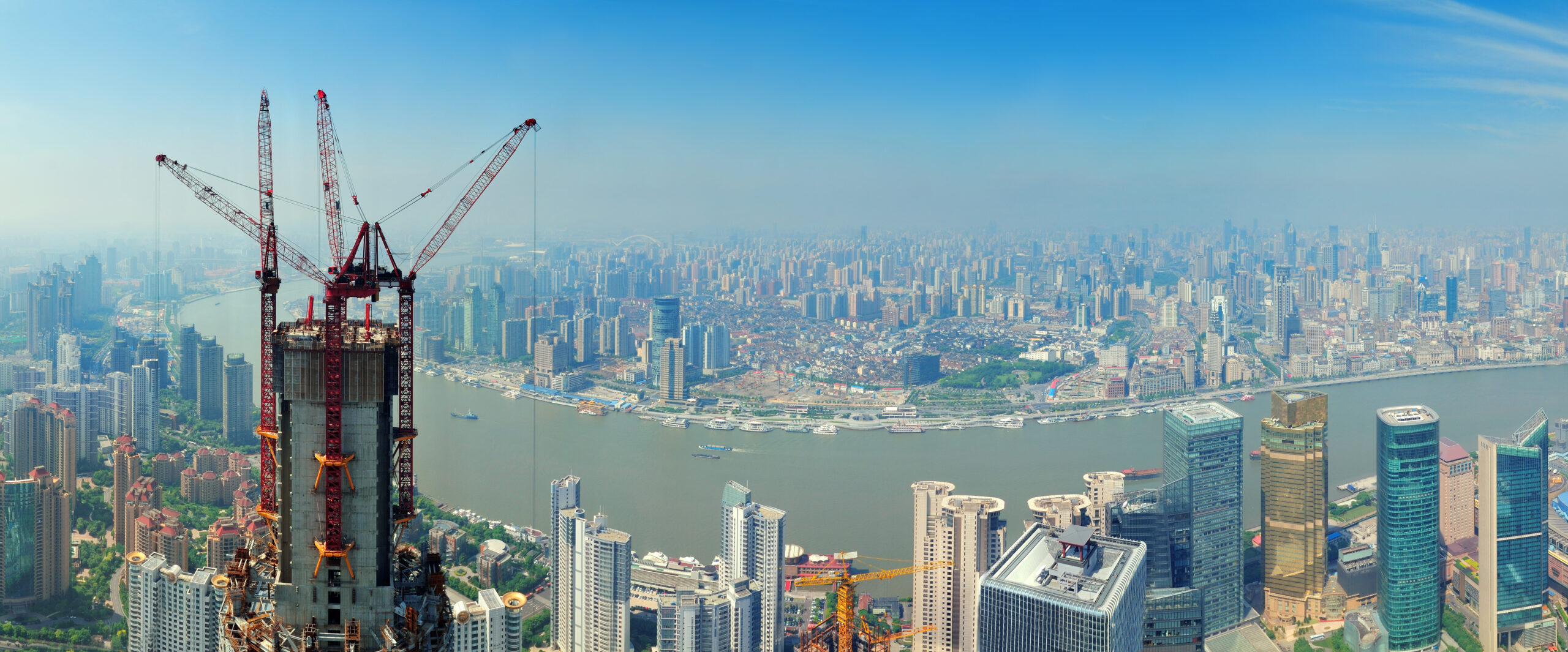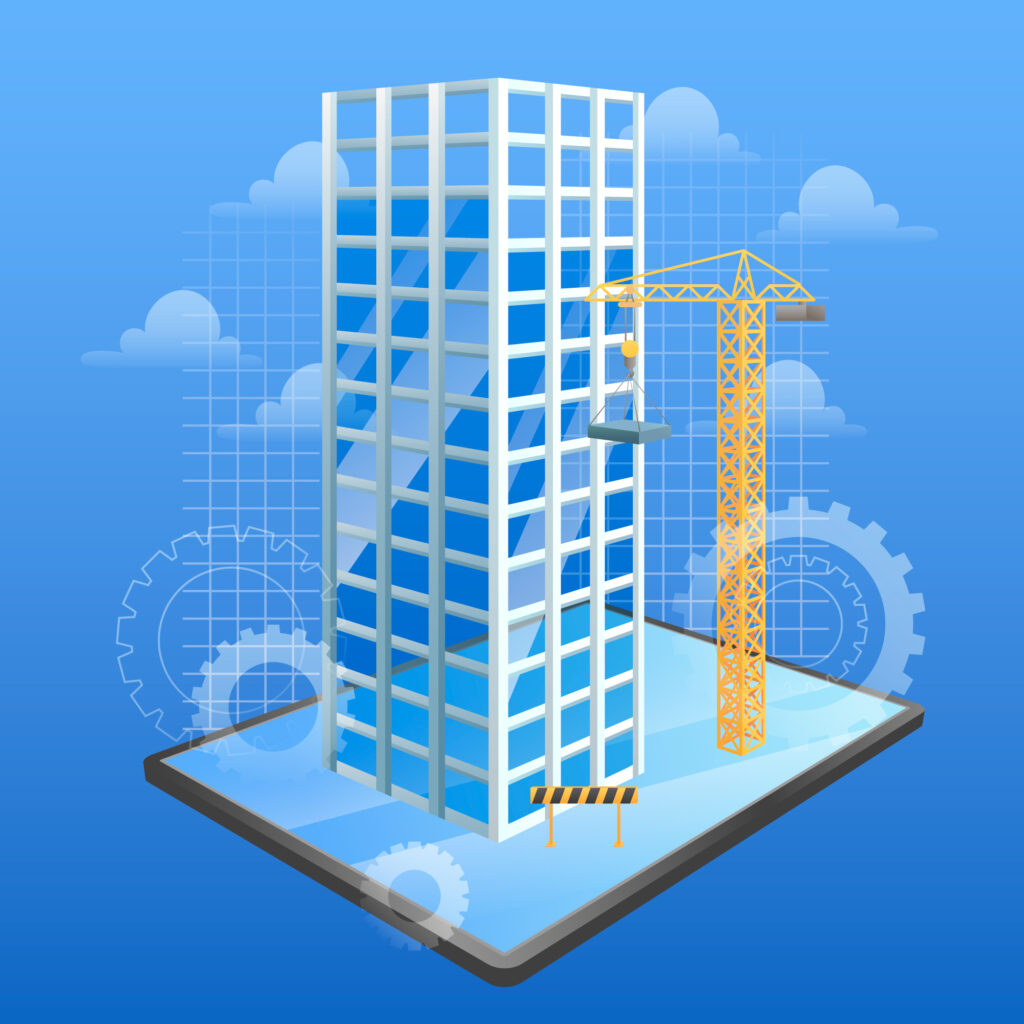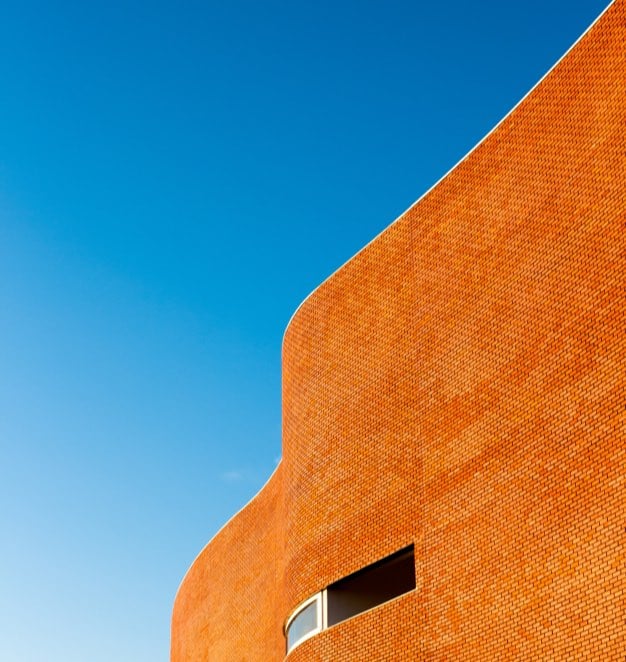
The Rise of Sustainable Building Materials in Construction: A 2025 Outlook
Introduction
The construction industry has always been a key player in global development, but with the rise of environmental awareness, it’s evolving rapidly. Sustainable construction materials are no longer just a niche trend; they are becoming the foundation of the industry’s future. In 2025, green buildings and eco-friendly materials are not just a choice—they are a necessity. Let’s dive into how sustainable building materials are reshaping the construction industry.
Why Sustainable Materials Matter:
The construction industry contributes significantly to global carbon emissions. However, there’s a growing demand for solutions that are environmentally responsible, affordable, and durable. Materials like bamboo, reclaimed wood, recycled steel, and eco-friendly insulation are gaining popularity due to their low environmental impact.

Recent Trends in Sustainable Materials Construction:
- Bamboo: Bamboo is becoming a favorite for its fast growth, strength, and ability to absorb carbon dioxide. It is being used for flooring, scaffolding, and even structural components.
- Recycled Materials: From glass to concrete, the use of recycled materials is revolutionizing construction. Not only are these materials more sustainable, but they also provide a unique aesthetic for modern buildings.
- Green Insulation: Traditional insulation materials can have a high environmental cost. But with options like recycled cotton, sheep wool, and cellulose insulation, builders are offering greener alternatives that improve energy efficiency.
Impact on the Interior Design Space:
Interior designers are embracing these sustainable materials, creating spaces that are not only beautiful but eco-friendly. For instance, recycled glass countertops and energy-efficient appliances are being integrated into kitchen designs, while reclaimed wood flooring adds character and warmth to living areas.
Conclusion:
Sustainable construction materials aren’t just a trend—they’re the future. As more builders and interior designers adopt green practices, we can expect a massive shift in how we think about construction and interior design. This is just the beginning, and 2025 promises to be an exciting year for sustainable innovation in the industry.

